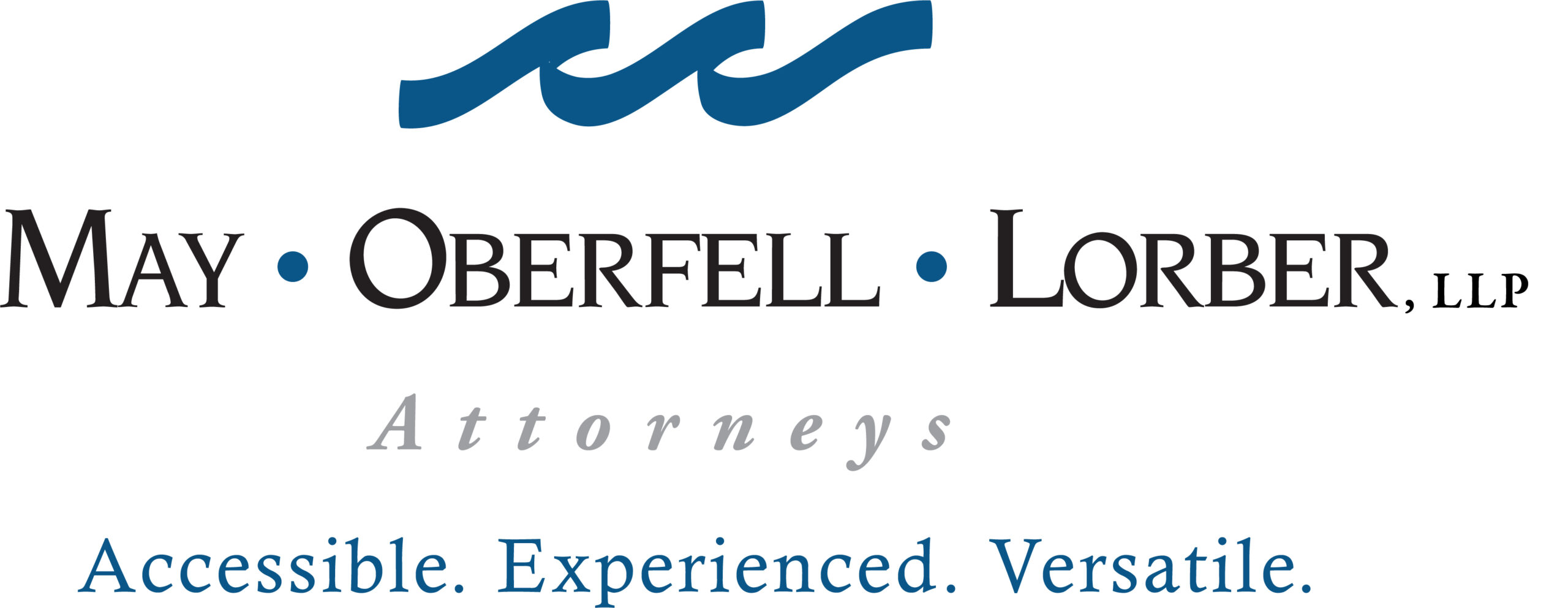Filing a Mechanic’s Lien in Indiana: Time is of the essence!
Time is of the essence when it comes to filing mechanic’s liens in Indiana. A mechanic’s lien is a lien placed on real property for the nonpayment of labor or materials.
The mechanic’s lien has longstanding history in Indiana law. The Indiana Supreme Court has identified the mechanic’s lien as “a statutory tool to help collect payment for labor and materials that improve real property.” Serv. Steel Warehouse Co., L.P. v. United States Steep Corp., 182 N.E.3d 840, 841 (Ind. 2022). Namely, the mechanic’s lien is a statutory protection for those conferring the benefit of labor and materials on real property.
Per Indiana Code § 32-28-3-1(a), a contractor, a subcontractor, a mechanic, a lessor leasing construction and other equipment and tools, whether or not an operator is also provided by the lessor, a journeyman, a laborer, or any other person performing labor or furnishing materials or machinery may have a mechanic’s lien.
This also includes the leasing of equipment or tools for the erection, alteration, repair, or removal of a house, mill, manufactory, or other building; or a bridge, reservoir, system of waterworks, or other structure may have a mechanic’s lien; the construction, alteration, repair, or removal of a walk or sidewalk located on the land or bordering the land, a stile, a well, a drain, a drainage ditch, a sewer, or a cistern; or any other earth moving operation. See Indiana Code § 32-28-3-1(a)(1)(2) and (3).
Time is of the essence when it comes to filing a mechanic’s lien in Indiana. Indiana Code § 32-28-3-3 requires a Sworn Statement and Notice of Intention to Hold a Lien to be filed in the recorder’s office of the county where the property is located not later than either sixty (60) or ninety (90) days after performing labor or furnishing materials or machinery. The timing depends on whether the property is defined as a Class 2 Structure or an improvement on the same real estate auxiliary to a Class 2 structure, as defined in Indiana Code § 22-12-1-5, filing the necessary Statement and Notice within sixty (60) days of the last performance of labor or furnishing materials, regardless of the structure, is a precaution one can take to avoid the lien being declared invalid.
The Sworn Statement and Notice of Intention to Hold a Lien must contain very specific requirements, as set forth in the Indiana Code § 32-28-3-3(c): the amount claimed, the name and address of the claimant, the owner’s name and latest address as shown on the property tax records of the county, the legal description and street and number, if any, of the lot or land on which the house, mill manufactory or other buildings, bridge, reservoir, system of waterworks, or other structure may stand or be connected with or to which it may be removed.
Once the statutory requirements for filing the mechanic’s lien are satisfied and the lien is filed, one can enforce the lien by filing a complaint in the circuit or superior court of the county where the real estate or property that is the subject of the lien is situated. See Ind. Code § 32-28-3-6. However, such action must be taken within one (1) year of filing the Sworn Statement and Notice of Intention to Hold a Lien.
If the lien is properly foreclosed under this chapter, the court rendering judgment shall order a sale to be made of the property subject to the lien.
The attorneys at May Oberfell Lorber, LLP are well-versed in filing and foreclosing upon mechanic’s liens.
This article is for information purposes only and is not intended to constitute legal advice.
